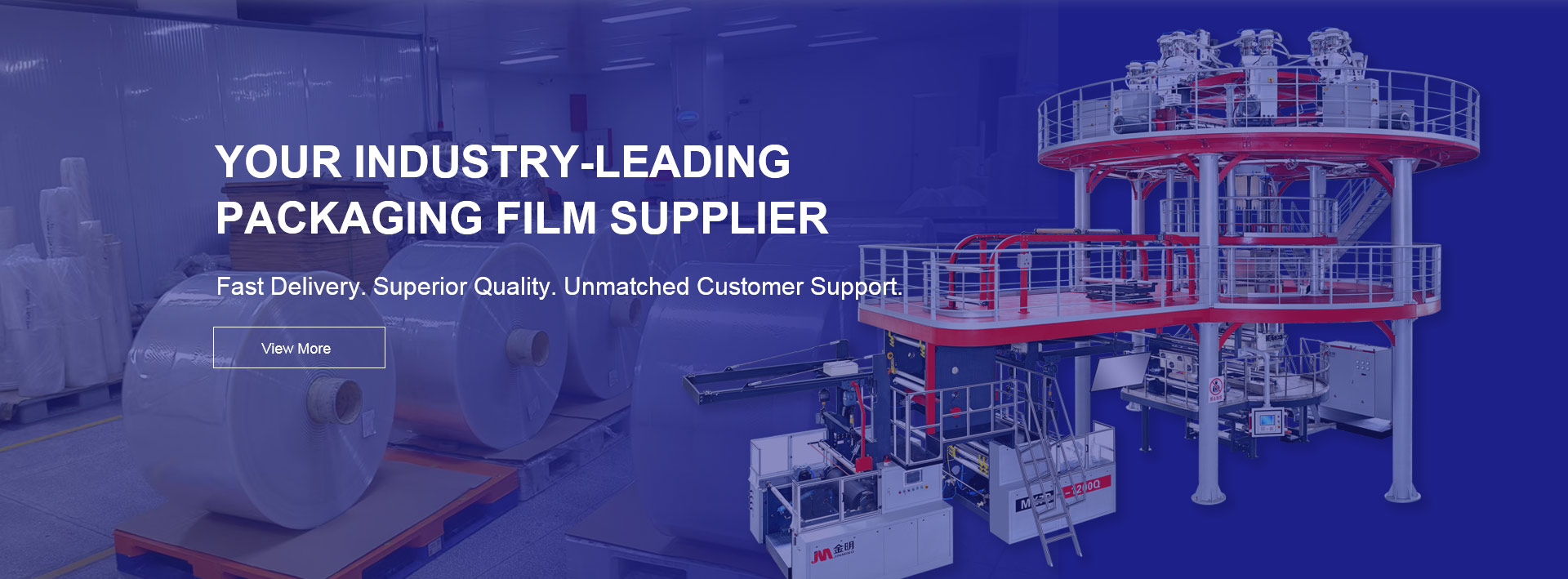
In today’s competitive food-packaging market, ensuring product freshness, extending shelf life and maintaining product integrity are critical. One material that has earned strong favour from packaging engineers is the copolymer known as Ethylene‑Vinyl Alcohol Copolymer (EVOH). This article explains what EVOH film is, how it works and why it’s increasingly used in food packaging. We also highlight how a specialist supplier such as Jiangmen Hongli Energy Co., Ltd. can support high-barrier film requirements.
EVOH is a thermoplastic copolymer made from ethylene and vinyl alcohol (obtained via hydrolysis of ethylene-vinyl acetate). Key physical-chemical attributes include:
A high degree of crystallinity and polarity owing to the vinyl-alcohol moieties, which confer very low permeability to gases such as oxygen, nitrogen and carbon dioxide.
A glossy, clear appearance and flexible behaviour, making it suitable for vacuum-formable or co-extruded film structures.
A dependency on humidity: in high-moisture environments, EVOH’s barrier performance may decline, so it is typically incorporated as a core layer within a multi-layer film rather than used alone.
When we talk about “EVOH film”, we refer to a thin sheet or web of material in which EVOH constitutes one of the layers (often the barrier layer) in a co-extruded or laminated film structure. The outer layers provide mechanical strength, heat-sealability and moisture protection, while the EVOH layer provides the gas-barrier function.
One of the principal reasons EVOH is used in food packaging is its exceptional barrier to gases. Nylon, polyethylene terephthalate (PET) and standard polyolefins offer moderate barrier performance, but EVOH takes this a step further. For example, its oxygen-transmission rate in dry conditions can be extremely low.
By preventing oxygen ingress (and in many cases by impeding other gases), EVOH helps protect foods from oxidative spoilage, aroma loss, flavour deterioration and colour changes. The barrier layer also limits migration of unwanted compounds into or out of the pack.
Because EVOH is moisture-sensitive, packaging films typically use a sandwich or co-extruded structure. A common layout might be:
| Layer | Material | Function |
|---|---|---|
| Outer | Polyethylene (PE) or polypropylene (PP) or PET | Provides sealability, mechanical strength, printability, moisture barrier |
| Core barrier | EVOH | Provides gas/oxygen barrier |
| Inner | PE or similar | Protects EVOH from moisture, ensures food-contact compatibility |
Such multi-layer structures allow the package to combine the beneficial attributes of each polymer: moisture resistance and seal strength from the outer layers, and strong gas barrier from the EVOH core.
EVOH-containing films are heavily used where product freshness and shelf life are critical. Typical applications include:
Packaging of fresh meat, poultry and seafood where oxygen exposure would lead to discolouration or off-flavours.
Cheese, processed meats, ready-meal trays and stand-up pouches where barrier performance is required.
Snack foods, roasted nuts or coffee packaging where aroma retention is important.
In these settings, EVOH helps extend shelf life, maintain sensory quality and reduce food waste.
Excellent oxygen and gas barrier: EVOH enables packaging to achieve much lower oxygen transmission rates than many conventional polymers.
Good mechanical clarity and printability: suitable for transparent or high-clarity packaging where the product must be visible.
Compatibility with multi-layer manufacturing: EVOH can be integrated via lamination or co-extrusion with other polymers.
Sensitivity to humidity: When EVOH absorbs moisture, its barrier properties deteriorate. Thus, moisture-barrier layers are required around it.
Cost and complexity: Multi-layer co-extrusion and lamination increase manufacturing complexity and cost compared to monolayer films.
Recycling challenges: Multi-layer films combining different polymers (including EVOH) may be more difficult to recycle than mono-material films.
When selecting an EVOH-based film, packaging engineers and product developers should assess:
Ethylene content in EVOH: Higher ethylene content grades may process more easily but offer lower barrier. Lower ethylene content improves barrier performance.
Layer thicknesses and layer structure: The ratio of barrier layer to outer layers affects performance and cost.
Seal strength and compatibility with food contact: Outer layers must be food-safe and compatible with sealing and processing systems.
Moisture resistance and storage/handling conditions: Packages exposed to high humidity (for example chilled fresh foods) may require higher moisture-resistance in the supporting layers.
End-use environment: Factors such as temperature, light, mechanical stress, shelf logistics and modified atmosphere packaging all influence the appropriate barrier design.
Given the technical demands of multi-layer, high-barrier film manufacture, working with a specialist supplier matters. A supplier with deep expertise can recommend correct layer structures, optimise co-extrusion or lamination processes, ensure food-contact compliance and support customisation (printability, transparency, sealing performance).
If you evaluate a partner such as Jiangmen Hongli Energy Co., Ltd., you may benefit from a supplier familiar with material innovation and independent-site manufacturing. Their experience can help align packaging performance with production cost targets and market expectations.
EVOH film serves as a high-performance barrier layer in food packaging by combining a thermoplastic copolymer with outstanding gas-barrier properties, integrated within multi-layer film structures that address moisture resistance, mechanical strength and process requirements. The result is packaging that better protects oxygen-sensitive foods, locks in aroma, preserves flavour and extends shelf life. While cost, moisture sensitivity and recycling should be managed, for many fresh and premium food applications EVOH-based films offer a compelling solution. Choosing the right film structure and working with a capable supplier will ensure optimal outcome for packaging performance and commercial viability.